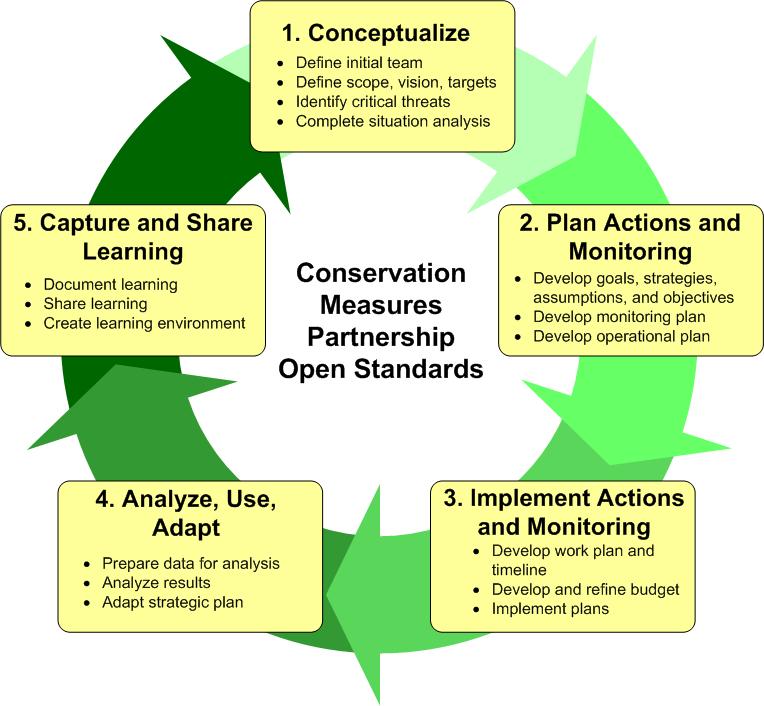
Land Management: Developing a new paradigm for variable livestock in LDCs by Land Coach by Kiri Team
Pitch
How following Patagonia's successful system approach can help against the climate change and desertification.
Description
Summary
Over the last decade, global warming has turned an alarming problem and the more affected by this are the LDCs. It's time to rethink our way of interact with the environment and propose new solutions that address this conflict before it has a serious and irreversible impact on human mankind.
One of the biggest problem that affects these communities is the degradation of landscape due to desertification on this regions resulting in a loss of potential production. It directly affects the livelihood of the rural population, the biodiversity and the functionating of natural ecosystems. Desertification threatens a fourth of world's population. It impacts directly more than 250 million of the population and risk life conditions of 1000 millions of people in a hundred countries, especially LDCs according to the UNEP (United Nations environment programme). Africa is the worst affected continent; with two-thirds of its land either drylands or desert.
In 2001, Argentina experience a similar conflict in the Patagonia region, which encourage a lot of research lead by INTA (The national institute for agricultural technology), resulting in a set of best practices to treat desertification in a sustainable way.
The technology of extensive management (TME) is a set of practices that allows increasing the agro production and livestock and save natural resources simultaneously. LCDs are encourage to follow the path of Argentina approach on planning a development that meets the needs of the present livestock companies without compromising the ability of future generations to meet their own needs.
Is this proposal for a practice or a project?
Practice
What actions do you propose?
In a global context of climate change, desertification is a critical environmental problem. Land management should be oriented to mitigate and reverse this situation and at the same time optimize the agro production. The technology of extensive management, which is based on adaptative management, could be the best solution for regulate and assist countries with high levels of desertification and help them make a more responsable and efficient use of their land. We will try to introduce this technology in these countries by showing them the results in MEDS.
.

Fig. 2 Scheme describing Adaptive Management process.
For example, in Australia precision sheep management is described as a system in which sheep are managed as individuals or small groups rather than as a (whole) flock. Precision sheep management utilises the application of radio frequency identification technology, enabling producers to better monitor sheep in extensive situations, and contribute to improved efficiency of management and sheep welfare. Examples of combining radio frequency identification with other technologies such as walk-over-weighing and Pedigree Matchmaker are discussed. These technologies provide producers with tools to improve the cost effectiveness of, and labour efficiency associated with, collecting data on individual animals. The combined technologies should also improve consistency and reliability of information, enhancing decision-making by producers, for example, from regular monitoring of biometric variables such as liveweight, or calculating breeding values to enable superior genetic comparisons over time.
Another important aspect is to follow the impact of the model on LDCs and adapt it to the specific needs of this countries. Research and scientific dissemination has been proven to be critical to mitigate the impact of climate change. This set of practices can also be complemented with a lot of new technologies like virtual livestock simulations and administration of resources using IOT.
We will try to encourage companies to use these technologies with the support of local governments. In many cases, this tools are not affordable so it will be a turning point to find private organizations who are willing to finance some part of it in exchange of some profits. The model has been proved to be successful as many livestock companies apply these techniques and accomplish great results with minimal costs in Santa Cruz, Argentina.
Who will take these actions?
- Government: The government should give us financial support to the project and the neccesary authorisations that we may require to make it happen.
- Businesses: Potential shareholders who may be interested in being part of the solution may have the possibilty to give us financial support too.
- Local experts: A lot of agricultural engineers will be needed too in order to make a big impact along the country.
Where will these actions be taken?
Actions will be taken in lands across the Sub-Saharan fringe. This region has been chosen due to the similarities of the landscape between the landscape of Argentina and those countries. Moreover populated countries with low resources need special assistance on their land management.
In addition, specify the country or countries where these actions will be taken.
Sudan
Country 2
Tanzania
Country 3
Niger
Country 4
Burkina Faso
Country 5
Zambia
Impact/Benefits
What impact will these actions have on greenhouse gas emissions and/or adapting to climate change?
Land is a key factor on climate. Its rehabilitation and sustainable management is crucial to closing the emissions gap and staying on target. Restoring the soils of degraded ecosystems has the prospective to store up to 3 billion tons of carbon annually. Land degradation, throught unviable agricultural practices has resulted in a rise in emissions of greenhouse gases. A way to "recycle" CO2 into the ground is carbon sequestration, which receives very little attention compared to the limits set to carbon dioxide emitted on the industrial process.
Fig. 2 Carbon Sequestration, Bajtes and Sombroke, 1997.
Carbon sequestration is the process by which CO2 sinks remove carbon dioxide from the atmosphere, primarily as plant organic matter in soils. Soil carbon sequestration is a key sink for eliminate atmospheric carbon dioxide and reduce risks of serious consequences due to climate change.
What are other key benefits?
Studies demonstrate that global costs of effective climate and land management are far lower than the cost of inaction. Land is an important economical resource in most of LDCs, this way they can develope a new and interesting way of administrate and preserve this resource. Other benefits include restore the biodiversity and the functionating of natural ecosystems, discover new oppotunities for economical growth and providing resources to next generations which can stop impoverishment and migration conflicts.
Costs/Challenges
What are the proposal’s projected costs?
We do not have any projected costs but a big challenge is going to be to find companies who trust us and believe in the technology that we are going to show them. This is why we need to show them specific results of how in many MEDS the effects of using TEM was outstanding, improving profits in a remarkable way.
Timeline
- Short- and medium-term impact: Companies will be using their land in a more efficient way. Results must be shown in the increase in profits.
- Long-term impact: Results like preserving natural resources, livestock and stopping the degradiation of landscapes are the main issues we want to solve in these type of countries.
About the author(s)
Engineer students at Buenos Aires Institute of Technology (ITBA).
Related Proposals
- 25ºC (77ºF) https://www.climatecolab.org/contests/2016/industry/c/proposal/1329804
- Eco Slums flexible toolkit https://www.climatecolab.org/contests/2017/buildings/phase/1318711/proposal/1333879
References
- Borreli, P. and G. Oliva. 199. Managing grazing: Experiences from Patagonia. Proceedings of the VI International Rangeland Congress. Townsville. Australia. pp 441-447.
- Ganaderia ovina sustentable en la Patagonia Austral. Tecnologia de Manejo Extensivo. 2001.
- Desarrollo de un modelo de asignacion variable de carga animal en Patagonia Sur. 2015.
- UN Convention To Stop Desertification. www.unccd.int
- Assesdment of progress on mitigating and reversing desertification and land degradation processes, and implications for land management in the changing context of the escap region with special reference to the asia pacific countries. 2007. www.sustainabledevelopment.un.org/content/documents/escap_desert.pdf
- https://www.reuters.com/article/idINIndia-29895920071008
- http://www.publish.csiro.au/AN/AN11097



